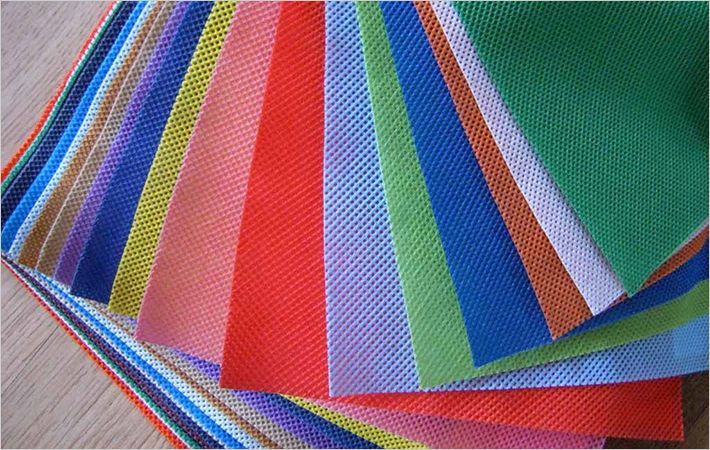A Jordanian researcher, Ala'aldeen Al-Halhouli, wants to use nanotechnology - the science of creating miniature machines - to weave an electronic network into fabric that would accurately measure the wearer's heart rate and the oxygen saturation levels in their blood, according to a report in a Jordanian higher education website Al-Fanar.
“The technology isn't new per se,” says Al-Halhouli. “Patients already have their heart rate and oxygen concentration measured with a clip on the end of their fingers.” He now envisions putting minuscule wires, transistors and diodes into a bandage or a piece of clothing that would then upload medical data to an external computer monitored by physicians.A Jordanian researcher, Ala'aldeen Al-Halhouli, wants to use nanotechnology - the science of creating miniature machines - to weave an electronic#
Tech giants from Apple to Microsoft are trying hard to create a new market of consumer electronics known as wearable computers. Apple has nearly doubled its research and development spending since 2012, a large chunk of which was devoted to the Apple Watch. But perhaps the real potential of wearable technology does not lie in the swish electronic stores of big cities, but in the wards of hospitals.
The clip isn't flawless. Some patients find it uncomfortable, but more importantly, if the patient moves erratically or shakes his or her hand, then the movements can interfere with the measurements and make the data inaccurate.
“The new thing is that we're trying to make it into a textile,” explains Al-Halhouli, an associate professor of mechatronics engineering at the German Jordanian University.
The challenge Al-Halhouli has set himself is to achieve a network of interconnected components that can be stretched, moved or flexed and remain not only connected, but also accurate and functional.
“Circuit boards are hard and fixed,” he says. “You can solder parts to it.” But when you're working with a flexible surface and not the traditional green boards and chips of large computers, things get harder. “It's very easy to for parts to get disconnected,” he says.
Other experts think this is possible, but not easy to do in the three-year time frame for which Al-Halhouli has funding.
“To get a prototype that will be convincing and show functionality for companies to invest in is going to be challenging in three years,” says Andreas Dietzel, the director of the Institute of Microtechnology at the Technische Universität Braunschweig in Germany.
Dietzel and Al-Halhouli have collaborated together in the past, but Dietzel is not involved with the current project.

